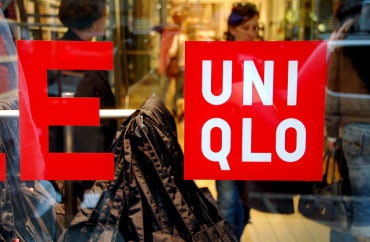
Maple Leaf Foods deployed SAP HANA in-memory technology to gain much faster insights on prices of food commodities.
Name of Organization: Maple Leaf Foods
Industry: Food Production
Location: Toronto, Ontario, Canada
Business Opportunity or Challenge:
The value of basic food groups – grains, fruits, meats, and processed foods – can vary hour to hour, or even minute to minute. Supply and demand is constantly changing, and factors ranging from weather to consumer tastes affect prices. The food business is a low-margin business, and profitability hinges on food suppliers’ ability to react quickly to shifting prices.
For Maple Leaf Foods, Canada’s leading packed meats company, the challenge was to provide its managers the right information at the right moment to ensure real-time pricing.
“Maple Leaf needed a real-time understanding of its complex business operations,” according to a report by Joe Mullich, published as part of a special report compiled by Bloomberg Business and released by SAP. “Over the years, the company has grown through dozens of acquisitions, leaving it with a multitude of systems.”
Maple Leaf Foods produces food products under leading brands including Maple Leaf, Maple Leaf Prime, Maple Leaf Natural Selections, Schneiders, Schneiders Country Naturals, and Mina. The company employs approximately 12,000 people across Canada, and exports to more than 20 global markets including the U.S. and Asia.
Along with the challenges associated with managing more than 100 new products being introduced annually, a series of acquisitions “left the company with 65 plants and 35 make-or-break issue, with ever-fluctuating consumer demand and commodity prices,” Mullich states.
How This Business Opportunity or Challenge Was Met :
The company approached the challenge by beefing up its enterprise resource planning (ERP) system, which consolidated many of its distributed functions from across business lines into a single, centralized system.
The system also now includes on-memory technology. This provided for the launch of an “integrated analytics across business functions and developing the ability to analyze its data in real time,” Mullich points out. The company’s various business lines, including poultry, hog, prepared meats, bakery, and frozen foods, all had their own systems. These systems, once consolidated, would be integrated with real-time data live from financial exchanges.
The company also adopted SAP HANA in-memory technology, processing financial and marketing data that could be delivered to decision-makers at blazing speeds. The use of HANA marked the first deployment of in-memory technology at a Canadian company, according to Maple Leaf, and facilitated a wider range of analyses that contribute to the profitability of business lines, including real-time pricing.
Measurable/Quantifiable and “Soft” Benefits:
As the in-memory capabilities were first rolled out, more than 800 users were able to take advantage of the system’s real-time capabilities. As a result of the consolidation and move to real time, Maple Leaf managers and decision-makers have access to integrated analytics across business functions and instantaneous insights to support real-time decision-making, Mullich reports.
“Ultimately, the big piece is profitable growth so we can actually understand what’s happening in the marketplace quickly and secure more profitable growth as a result,” Michael Correa, vice president of information solutions at Maple Leaf Foods, is quoted as saying.
This is providing the company the ability to employ predictive analytics that enables the real-time pricing of products based on commodity cost fluctuations, integrated with outside data sources. The time required for profit-and-loss analyses was reportedly reduced from 15 to 18 minutes to 15 to 18 seconds.
(Sources: Maple Leaf Foods, Real-Time Enterprise Stories via Bloomberg Businessweek Research Services and SAP)
Want more? Check out our most-read content:
Frontiers in Artificial Intelligence for the IoT: White Paper
The Value of Bringing Analytics to the Edge
Five Big Data Trends: Emerging Technologies
No Recalls: A Smart Testing Approach for IoT Devices
Liked this article? Share it with your colleagues!





























